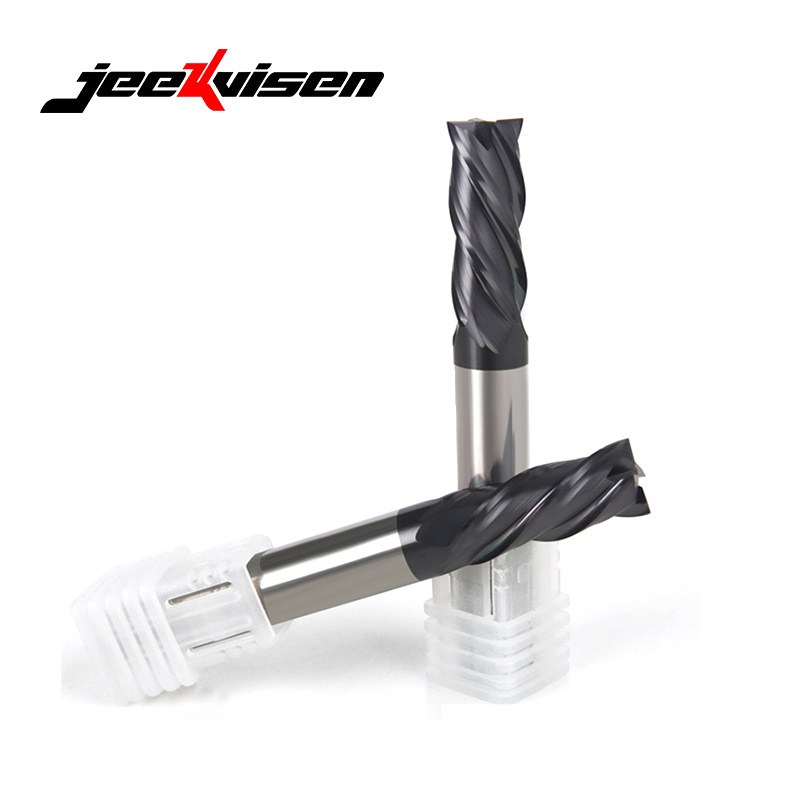03
2025
-
04
Are carbide end mills better than HSS?
Carbide end mills have many advantages over High Speed Steel (HSS) end mills, but whether they are “better” depends on the application.
Carbide end mills are made from sintered materials such as tungsten carbide and cobalt, which have a hardness of up to HRC 90, are extremely wear resistant and maintain excellent cutting performance at temperatures of 800-1000°C. As a result, they are suitable for high-speed cutting and offer higher cutting speeds than HSS end mills. Therefore, it is suitable for high-speed cutting, and the cutting speed is 3-5 times faster than that of HSS end mills, which significantly improves productivity. However, due to the relative brittleness of Cemented Carbide, it is easy to chip or fracture, and it is also more difficult and costly to regrind.

In contrast, the hardness of high-speed steel end mills is generally between HRC 60-70, although less wear-resistant than Cemented Carbide, but the toughness is stronger, can withstand larger impact loads, and is therefore more suitable for intermittent cutting or heavy cutting. In addition, high-speed steel tools can be repeatedly grinding, lower cost, suitable for low and medium-speed processing.
In terms of application, carbide end mills are mainly used for CNC machining, high-precision mold manufacturing and the machining of stainless steel, titanium alloy, hardened steel and other high hardness materials, especially suitable for mass production. While high-speed steel end mills are widely used in the machining of aluminum alloy, mild steel and other soft metals, suitable for general machine tools and occasions with high requirements for economy.
JINXIN also provides two types of carbide end mills and HSS end mills, you can choose according to the needs of the scene, or directly contact our experts to provide you with appropriate advice.
Related news




